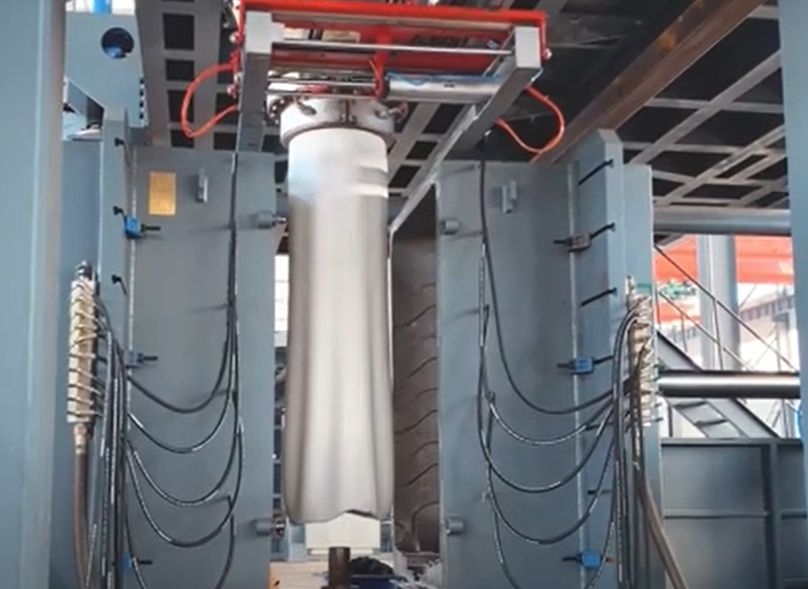Blow molding is a popular manufacturing process used to create hollow plastic products such as bottles, containers, and other similar products. During the process, it’s critical to get the mold trial right in order to ensure accurate and uniform products that meet specific quality standards.
In this article, we’ll discuss some of the methods and precautions required for successful mold trials in blow molding machines.
Blow Molding Machine Mold Trial Methods
Before getting started with the mold trial process, it’s important to ensure that the blow molding machine is in good working condition. Once this is confirmed, the following steps can be followed to achieve a successful mold trial:
1. Mold Preparation: Start by selecting the appropriate mold for the product being manufactured and ensure that it’s cleaned and assembled properly. Proper preparation helps to avoid issues such as product deformation, warping, or other flaws.
2. Material Preparation: After the mold has been prepared, it’s vital to verify that the blow molding raw material is correctly mixed and processed to the specifications for the product. This helps to guarantee that the final product is of uniform quality and meets the required properties.
3. Settings Configuration: The machine settings, such as temperature, pressure, and timing, should be adjusted to the appropriate values for the mold and product being used. This process helps to ensure that the material is heated, formed, and cooled correctly to create the product.
4. Trial Run: Finally, production can be initiated, starting with a trial run. During the trial run, the machine should be monitored closely to ensure that there are no issues and that the product is being formed properly. Measurements should be taken regularly to confirm that the product is within the tolerances indicated by the specifications.

Blow Molding Machine Mold Trial Precautions
There are several precautions that need to be taken during the mold trial process to avoid issues or unexpected outcomes. These precautions include:
1. Safety Precautions: It’s important to follow all the safety procedures specified for the task, such as the use of personal protective equipment, locking out the machine, and other applicable safety protocols.
2. Quality Verification: Once the trial run is complete, inspect the products produced, and verify that they meet all the requirements. If there are issues, make adjustments before the next trial run.
3. Cleaning: Ensure that the mold and machine are thoroughly cleaned before each mold trial. This helps to eliminate contaminants, which can impact the quality of the final product.
4. Record Keeping: Keep accurate records of each mold trial, including settings, materials, production rates, and inspection results. This helps to avoid issues with future trial runs by providing critical information about past successful production.
By following these mold trial methods and precautions, blow molding machine operators can achieve consistent and repeatable results for the products they manufacture. This results in a high-quality product that is uniform and meets the requirements of customers, leading to greater satisfaction and increased revenue for the company.
